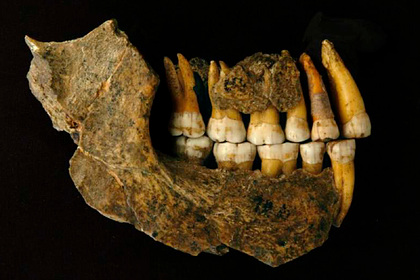
Neanderthal fossils from a cave in Belgium, believed to be the last of an extinct human species, are thousands of years older than previously thought. The refutation of generally accepted ideas about ancient people is reported in an article published in the journal Proceedings of the National Academy of Sciences.
In a previous study, the results of radiocarbon dating of the remains in the Grotto de Spy cave showed that their age reaches about 24 thousand years. New dating, which excludes the influence of contamination of the samples, shows that the bones belong to Neanderthals who lived 40-44 thousand years ago.
All living things absorb carbon from the atmosphere and food, including the radioactive isotope carbon-14. Throughout the life of an organism, the ratio of ordinary carbon to carbon-14 remains constant, but after death, animals and plants cease to maintain a constant level of the radioactive isotope, which decays over time. By changing the ratio, you can determine the age of the remains.
At the same time, the accuracy of dating depends on the method of preparation of the samples and the risk of contamination during storage. Researchers have isolated individual amino acids of collagen residues within the bones, which excludes the possibility that more modern organics are present in the sample. Often, when stored in a museum, glue made from the bones of cattle is used.
As the lifespan of Neanderthals is shifting deeper into the past, scientists say, the latest data on the cognitive abilities of extinct humans need to be revisited. The relatively complex technologies for creating the tools of labor that were attributed to them, in fact, could be practiced by people of the modern type.

